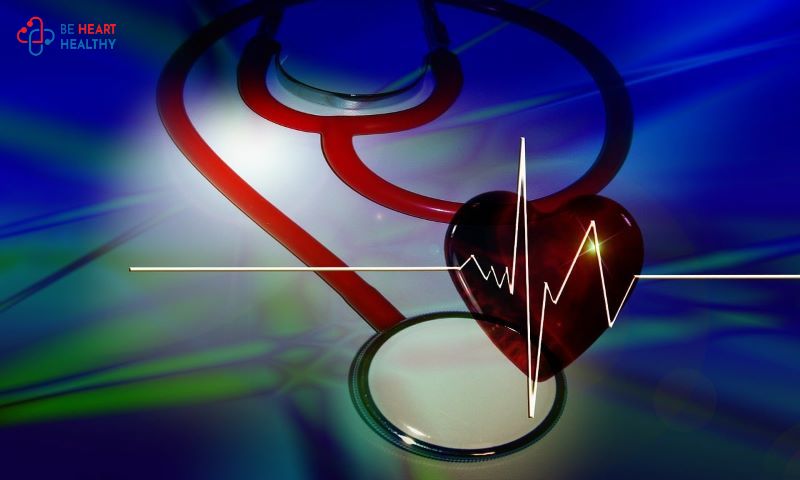Have you ever felt like your heart is getting slower or faster than usual or palpitations with dizziness? Then you should seek medical attention as they could be initial symptoms of a conduction disorder of the heart.
What is a conduction disorder in the heart?
There is a peculiar electrical system in the heart that controls its rate and rhythm. This particular system is known as the cardiac conduction system. When a problem arises within this system, it is known as a conduction disorder.
The electrical impulse that causes the heart to beat typically moves from the top to the bottom of the chest. The heart muscle beats in response to the signal, pumping blood to your lungs and other parts of your body. Conduction problems result in either improper electrical signal production, improper electrical signal transmission through the heart, or both. The electrical signal production is done by the cells located in the right atrium near the opening of the superior vena cava, known as pacemaker cells. This place is called the sinus node. Then the signals that are produced here consequently travel to the atrioventricular node, the bundle of His and finally to the bundle branches that stimulate the heart muscles to contract.
What are the types of conduction disorders?
A conduction disorder can occur anywhere along the pathway of the conduction system: at the sinus node, atrioventricular node, bundle of His or at the bundle branches.
Indicators and symptoms of sinus node dysfunction are part of sick sinus syndrome. This may be brought on by extrinsic reversible factors in some instances, or it may be induced by intrinsic aberrant impulse production and/or propagation from the sinus node.
The atrioventricular blocks are of three types: first degree, second degree and third degree. The last one is also known as a complete heart block which accompanies dire symptoms like chest pain, syncope and bradycardia. When it comes to the bundle branches, there can be blocks in them also, known as bundle branch blocks. This causes a delay in the transmission of electrical signals and the synchronous contraction of both sides of the heart is impaired.
Finally, there are ion channel disorders. Each heart muscle cell has a surface covered in micropores known as ion channels. These channels contribute to the electrical activity of the heart. Long QT syndrome is the most frequent ion channel abnormality. The Brugada syndrome, catecholaminergic polymorphic ventricular tachycardia, and short QT syndrome are among more varieties1.
How are they treated?
The type of conduction issue you have and its severity will determine the course of treatment. Treatments may not be necessary if you have a milder form of the disorder.
Depending on the nature of the heart condition, the patients are treated under one or more of the following as part of the treatment: vagal manoeuvres, which are methods to slow down your heart rate; surgery; implantable devices like pacemakers or defibrillators; or medications that make your heart beat faster or slower.
Conclusion
With the recent advancement in the field of medicine, the treatments for conduction disorders in the heart have also become more sophisticated. Various treatment modalities are available for the patients to choose from according to the severity of their conditions.
References
- Arrhythmias – Conduction Disorders | NHLBI, NIH. Accessed August 4, 2022. https://www.nhlbi.nih.gov/health/conduction-disorders



